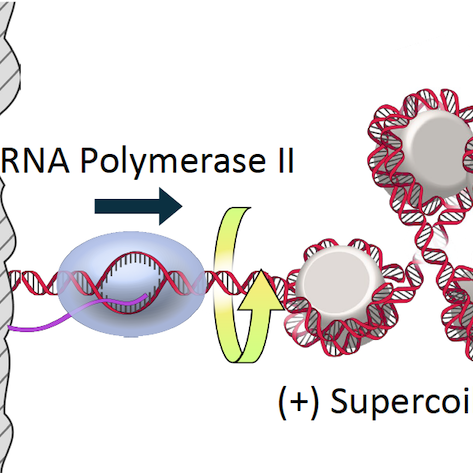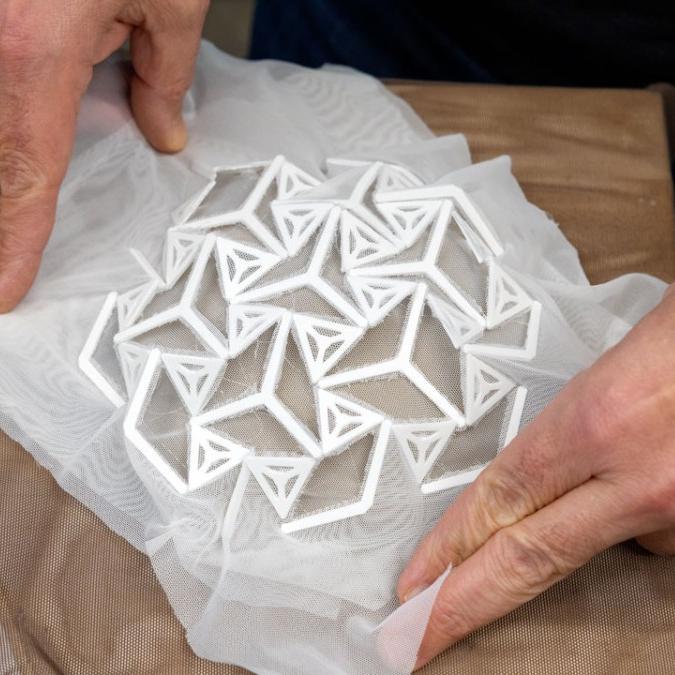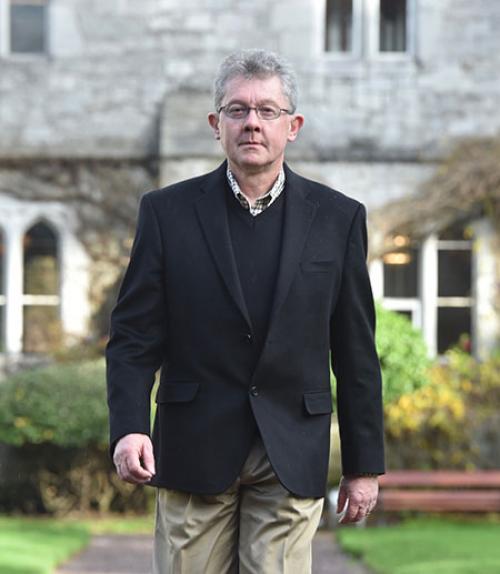J.C. Séamus Davis has been awarded the 2023 Oliver E. Buckley Prize from the American Physical Society. The award, which includes a prize of $20,000, recognizes outstanding theoretical or experimental contributions to condensed matter physics.
In a statement, the award committee said that Davis received the prize for his “innovative applications of scanning tunneling microscopy and spectroscopy to complex quantum states of matter.” The award is shared with Prof. Ali Yazdani of Princeton University.
Davis introduced and established advanced techniques and laboratory requirements allowing use of scanning tunnelling microscopes (STM) to become a general instrument for visualizing electronic states in quantum materials. His high-precision quantitative approach, and the variety of concepts he has introduced and demonstrated, created the prototype for quantum materials research by direct atomic-scale visualization. Quantum microscopes based on Davis designs have galvanized quantum materials visualization studies globally. Direct atomic scale imaging of even the most complex electronic structure in a very wide variety of material classes is now achievable, typically using a combination of instruments, techniques and concepts that he has initiated.
Davis introduced new techniques for visualization of electronic symmetry breaking, revealing several unprecedented states of quantum matter, including the density wave phase of cuprates, the electronic nematic phase of cuprates and the famous electronic nematic phase of iron-based high temperature superconducts. Davis demonstrated how to use quantum interference of electrons scattering from impurity atoms as a new technique to determine the momentum space electronic structure in quantum materials. This procedure was dubbed quasiparticle interference imaging (QPI) and is now used throughout the physics world. Most recently, Davis developed the first scanned Josephson tunneling microscope (SJTM) allowing his discovery and imaging of the electron-pair density wave (PDW) state – a crystalline state of electron pairs first predicted in 1964.
“To understand the approach, a useful analogy would be to look at what is happening in astrophysics,” said Davis. “Scientists have sophisticated theories about our galaxy and beyond – but now we are sending huge telescopes into space and capturing beautiful images of the amazingly complex matter filling the universe. Here we are pursuing an equivalent approach, but exploring the quantum world by visualizing the quantum matter in the inner space of quantum materials.”
The James Gilbert White Distinguished Professor Emeritus in the College of Arts and Sciences, Davis operates laboratories at Cornell, the University of Oxford and University College Cork. His active research interests are in the macroscopic quantum physics of emergent quantum matter, including studies of superconductors, superfluids and supersolids; Kondo, Weyl and Hund metals; magnetic and Kondo topological condensates; and spin & monopole liquids.
Davis is the recipient of many honors and awards, including the Fritz London Memorial Prize, the H. Kamerlingh-Onnes Memorial Prize, the Science Foundation Ireland - Medal of Science and the O.V. Lounasmaa Memorial Prize. He is a Fellow of the Institute of Physics, the American Physical Society, the Max Planck Society, the Royal Irish Academy, the American Association for Advancement of Science, and a member of the National Academy of Sciences.






